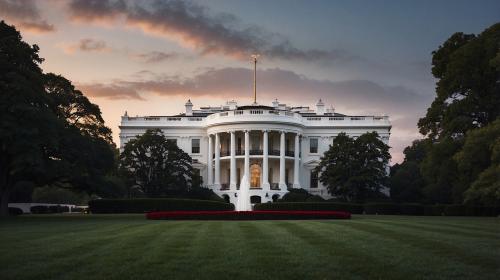“More than ever in history, a successful city thrives on the kind of disruption new technology brings,” said New York City Mayor Bill DeBlasio last week, but the sentiment has been expressed by many public officials, particularly when they are trying to establish their place’s bona fides as a hub of innovation. But what happens when disruptive technology or business models (Uber, Lyft, AirBnB, General Assembly) meet highly regulated industries (taxi cabs, hotels, education)? How do public officials manage disruption?
Design thinking could help the purposely change-averse parts of the public sector, disruptive businesses (or any businesses, really), and citizens find common ground. Design thinking is a process with many definitions but a few agreed upon steps: define a problem or question; observe potential users to see what they really do and need; use models and pictures to envision solutions; build prototypes and quickly test them to weed out failures before they are locked in and rolled out (healthcare.gov, anyone?); constantly learn and adjust. The approach is messy, collaborative, and, at its best, inspires a spirit of co-creation. In a traditional regulatory approach, by contrast, interactions are tightly structured and one-way, and the resulting regulations are fixed and often cumbersome.
Governments have started to apply design thinking to service delivery (please tweet at me with other examples). But regulation is a different kind of challenge. Regulators have at least two and sometimes three different user groups with very different interests and political supporters — the incumbent regulated industry, the public at large, and, increasingly, industry disrupters. And regulations are supposed to be consistent and durable, not constantly iterated and improved.
But constraints often spur great design, so it’s worth imagining how the Uber question could be approached using design thinking. Rather than asking “Is Uber a taxi and sedan service subject to our existing rules or not?” regulators might ask “What do people expect when they pay someone for a ride, and how do we support and enforce those expectations?” Or, “How do we sustain a competitive local market in rides for hire?” If regulators don’t ask, then elected officials, journalists, or the public could and then demand a response. Public officials from the taxi commission, economic development office, and transportation department could create a graphic of how individual mobility fits into a larger strategy around innovation and growth within their city — Uber is probably not the last word in disruption in the transportation sector. A working group of drivers and riders could experiment with different regulatory regimes during a trial period and measure compliance costs and consumer benefits or losses. Regulators could promulgate rules that are fairly inexpensive to comply with and easy to adjust, knowing that they might change in two years or six months. A new, collaborative, experiment-driven approach to regulation could send a powerful message to both incumbents and disrupters: like it or not, you need to help design a system for co-existence.
Governments are reasonably good at creating new, exciting programs to spur innovation and entrepreneurship, but pretty terrible at revising the regulations that can stifle new businesses of all sorts, not just new technology-enabled ones. A design-thinking approach could benefit not just businesses that are valued in the billions of dollars, but also smaller scale entrepreneurs and new startups whose business ideas, aspirations, and large and small innovations also matter a lot to the future of cities.
The Brookings Institution is committed to quality, independence, and impact.
We are supported by a diverse array of funders. In line with our values and policies, each Brookings publication represents the sole views of its author(s).



Commentary
Can Cities Manage Disruptive Technology?
May 27, 2014